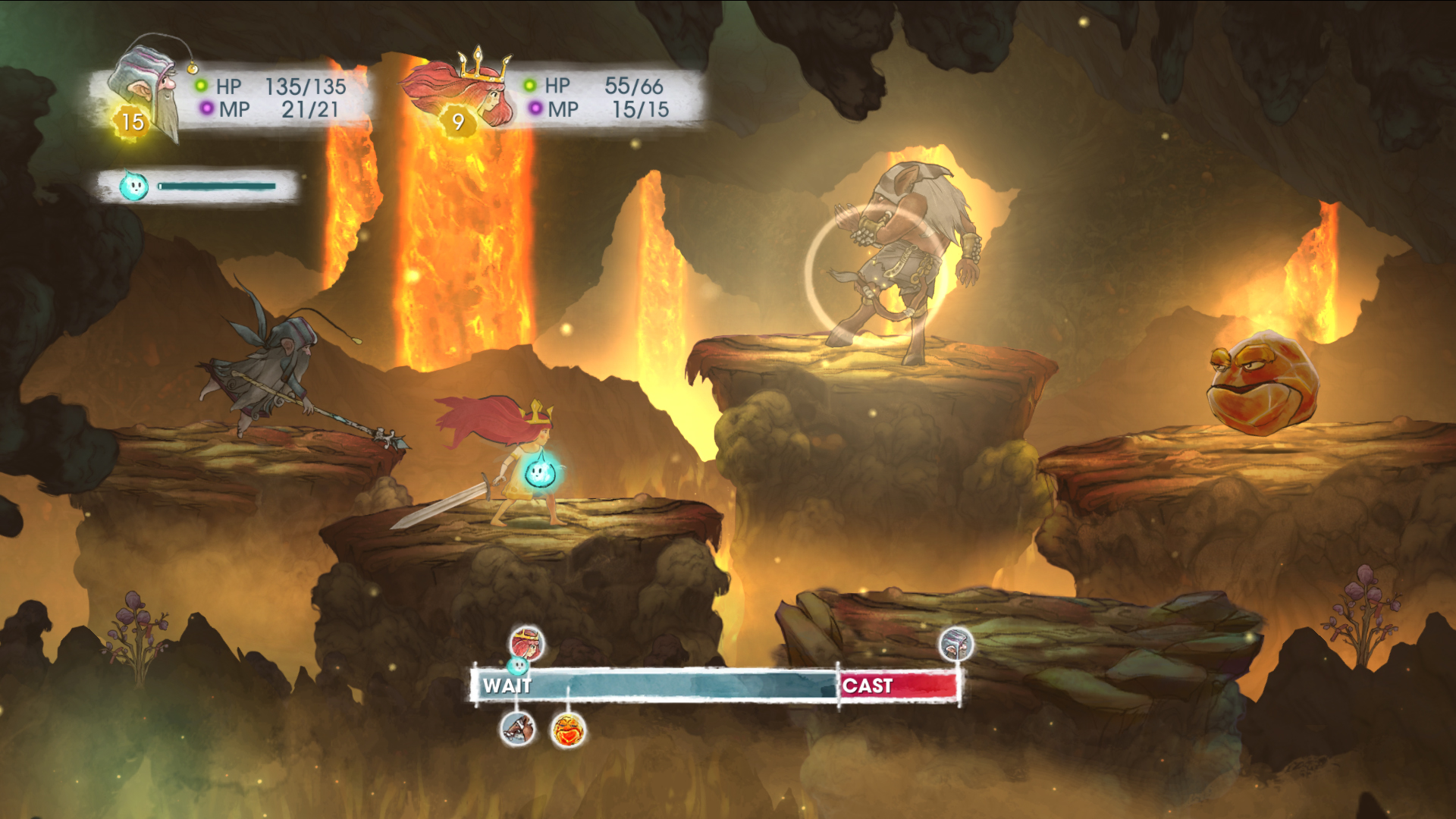In the nick of time.
You don't need to look much further than Ubisoft if you want a game publisher with the capacity for massive, multi-faceted open-worlds and small, endearing experiences that touch the heart of a genre and come back with something special. That’s what I see in Child of Light, a new 2D role-playing game featuring Aurora and a cast of unlikely heroes who will certainly put the foul-mouthed kids of South Park: The Stick of Truth to shame if your sensibilities rise above Cartman and the gang.
In helping Obsidian finish the bloated THQ project (and unleash an hilarious and true-to-the-source experience), Ubisoft has found a new means of respecting venerable JRPGs, like the beloved Final Fantasy VII and its PlayStation One-era cohort. When was the last time you hung on a casting bar or a limit break meter like you did with Cloud and company? Despite a few nagging issues, Child of Light manages to harness the best of Eastern and Western thought on RPGs to give players a brave look at what could have become another retread on the father-daughter relationship many developers have used for inspiration.
Our heroine, Aurora, becomes separated from her father by falling into a dream world called Lemuria where the sun, the moon, and the stars have been stolen by the Black Queen. Aurora’s challenge is to gather the three celestial bodies and return to her father, but as most RPGs play out, not everything goes according to plan. On her way, Aurora meets anyone but your standard party members starting with Rubella, a jester with a key ability that comes to define Child of Light’s combat.
While Aurora’s standard slash attack can be executed relatively quickly, the different magic and physical attacks in Child of Light all come with speed ratings. Rubella’s standard attack casts faster than Aurora’s and from the outset the game does a good job of teaching you when and how to strike, as opposed to learning to focus on how much damage you do. As the story progresses, so does your combat ability, which smartly ties the dramatic rise and fall of your prowess to defeating enemies.
While Child of Light’s story proves engaging and endearing in the long run, the exposition is presented in rhyming prose that will make you either fall in love or hate it. And this is a long haul, so be ready to stomach lines like “Wander the forest floor, this dream world to explore,” and “Only way home is a mirror behind the thrown.”
The adventure is meaty and full of interesting locales, engaging gameplay, and the sense that more hides in wait just off-screen. Ubisoft’s dream world feels like The Wizard of Oz, and if Aurora would only wake up in the middle of it, all her friends would be at her side, even Robert the mouse.
But its true brilliance is in combat. Your party and all enemies rely on speed ratings to get to the casting line. Once there, time will freeze and you’ll get to choose a move with speed ranging from quick to very long, but knowing which move to choose and how to counteract enemies becomes the real battle.
Of the two active party members in combat, you might rely on one to delay, interrupt, or heal, while the other deals major elemental damage or strikes all enemies at once. One early boss battle features two headless statues with the ability to manipulate time, which means striking first is the only way to do enough damage. Luckily, you also have Igniculus who can slow time down and gather hit points, magic points, and experience points both in battle and in the world. Igniculus can stun enemies so you can engage a surprise strike from behind or slow down casting and recharging in battle, but his effect becomes nominal as combat become more intense or based on elemental mismatches.
Thankfully, Child of Light also encourages easy switching between your party members, so there’s no disincentive to flip between Rubella the jester and Finn the magician, while later characters might benefit from casting a slow-down spell before switching out for Aurora’s light-based attacks. All of your party members get experience even if they aren’t active or if they’ve been knocked out, so Ubisoft has practically guaranteed that you have the freedom to deal with enemies as you see fit. Where this battle system first starts out exhilarating and tense, it does occasionally dip into monotony as encounters, especially those with bosses, can languish on forever.
This isn’t aided by the way early light and block puzzles disappear once Aurora gets the power of flight. The world is certainly entertaining to explore with plenty of creatures to talk to (and receive side-quests from) but at some point you’ll wish for a break from all the battling. The combat starts to lean on gaming tropes like “beat these three mobs before taking on the boss” or “go clear out my basement for me.” Not all of these encounters are interesting and only serve to pad the experience.
Still, the game’s hand-painted backgrounds, animations, and character art rival even that of Shigenori Soejima of Persona fame for coalescing a believable yet fantastic world, one heavily defined by the developer’s background as much as the objectives in-game. From the neck-and-neck race, to the end of a battle, or even the casting line where you’re one blow away from finishing a formidable foe, Child of Light’s art style makes for an engaging and surreally transportive experience, especially one priced so low and so early in this console generation.
If not for a few missteps, Child of Light would be the first must-buy role-playing game of the next-generation. You can download Ubisoft’s RPG via your console of choice or on your PC, so if you’re a lifelong fan of the genre, you owe it to yourself to check it out no matter what platform you have available to you. If you’re not much of a cerebral gamer, some of the title’s charm might miss you or worse, annoy you into putting down the controller. If you can stomach the rhyming, you’ll find Aurora an engaging heroine with a worthy cause who can slog her way through even the most intense RPG battles.
Code provided by publisher. Based on Xbox One version. Also available for PC, PS3, PS4, Xbox 360, and Wii U.
-
Intense, deep combat mechanics
-
Interrupting three enemies at the last second
-
So much rhyming
-
Gorgeous UbiArt settings and characters
-
Entertaining story, varied world
-
Not enough puzzles
-
Padded combat gameplay
-
2D role-playing games coming back?
Child of Light
-
Child of Light #1
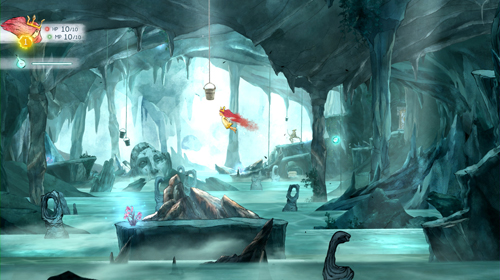
-
Child of Light #2
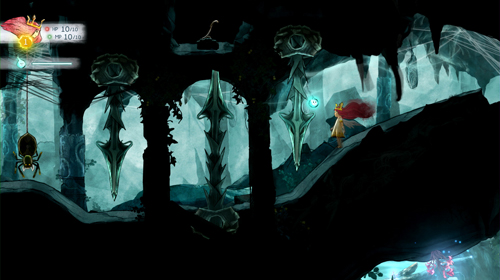
-
Child of Light #3

-
Child of Light #4
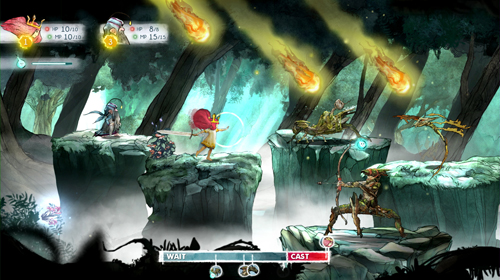
-
Child of Light #5
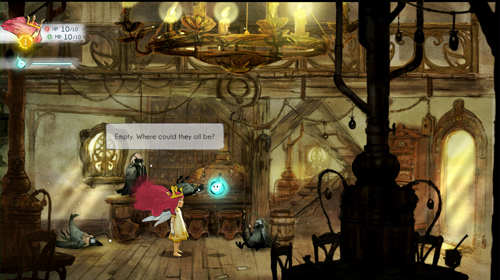
-
Child of Light #6
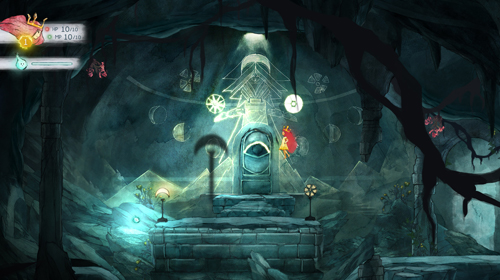
-
Child of Light #7

-
Child of Light #8
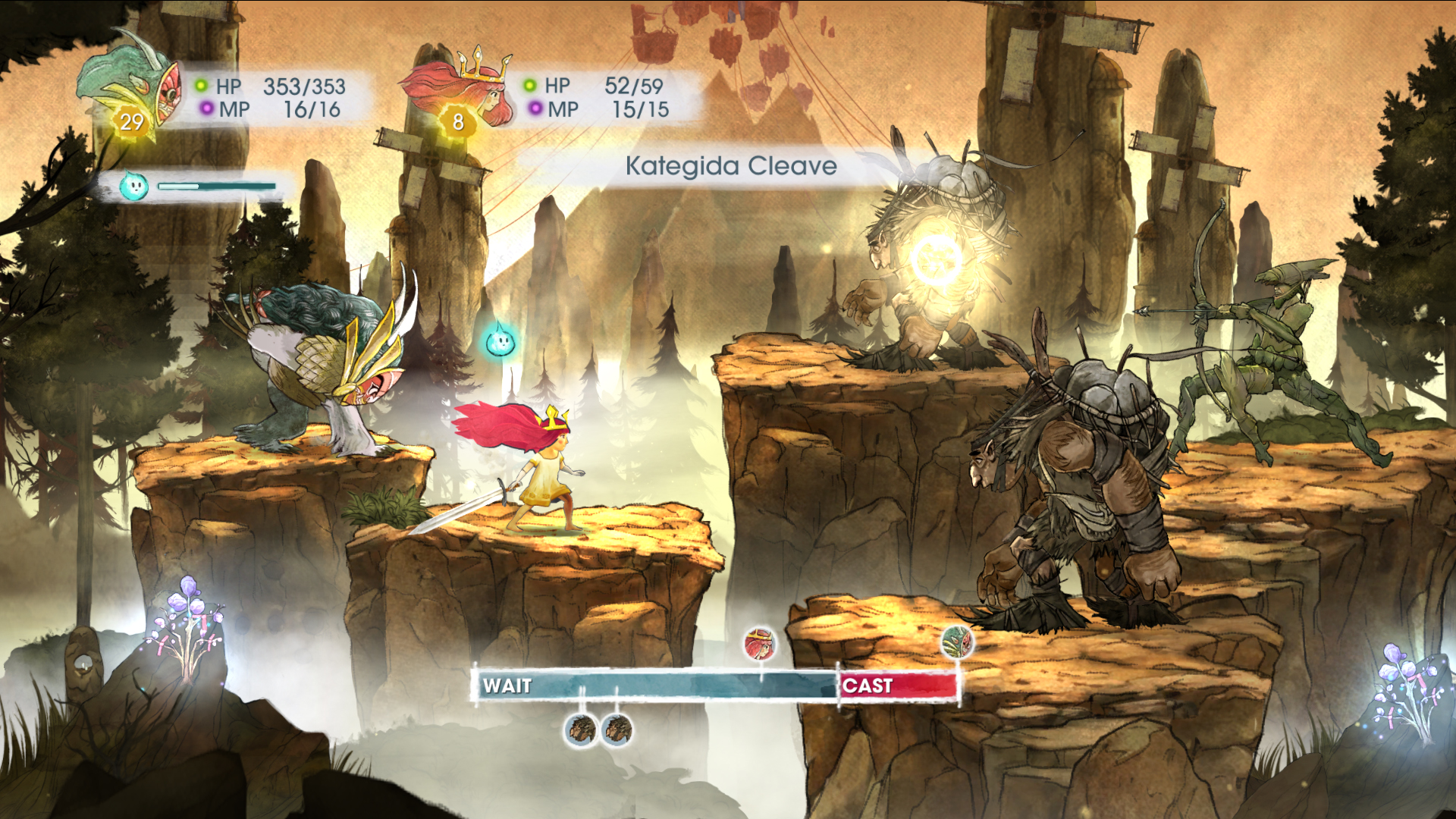
-
Child of Light #9
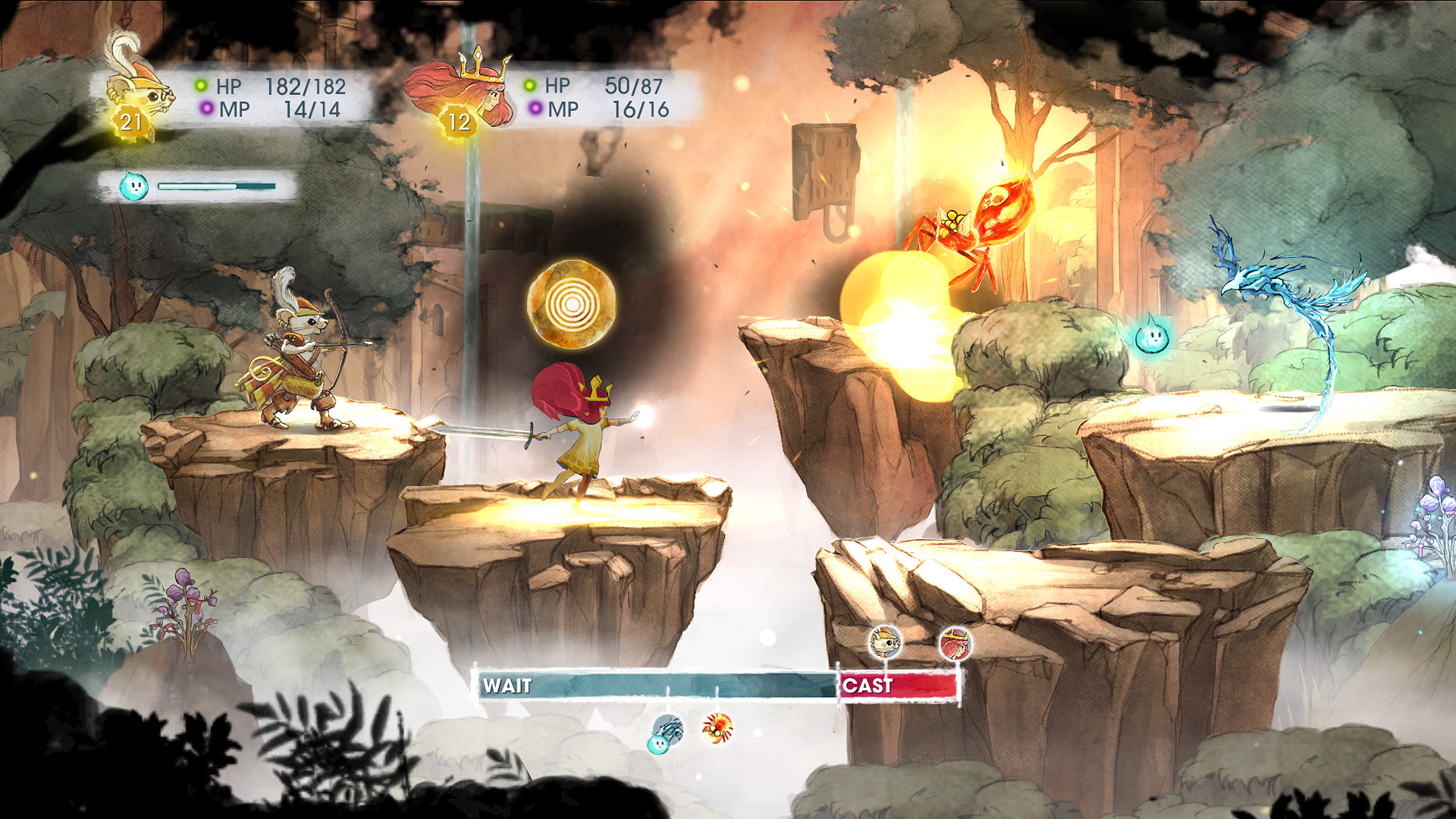
-
Child of Light #10
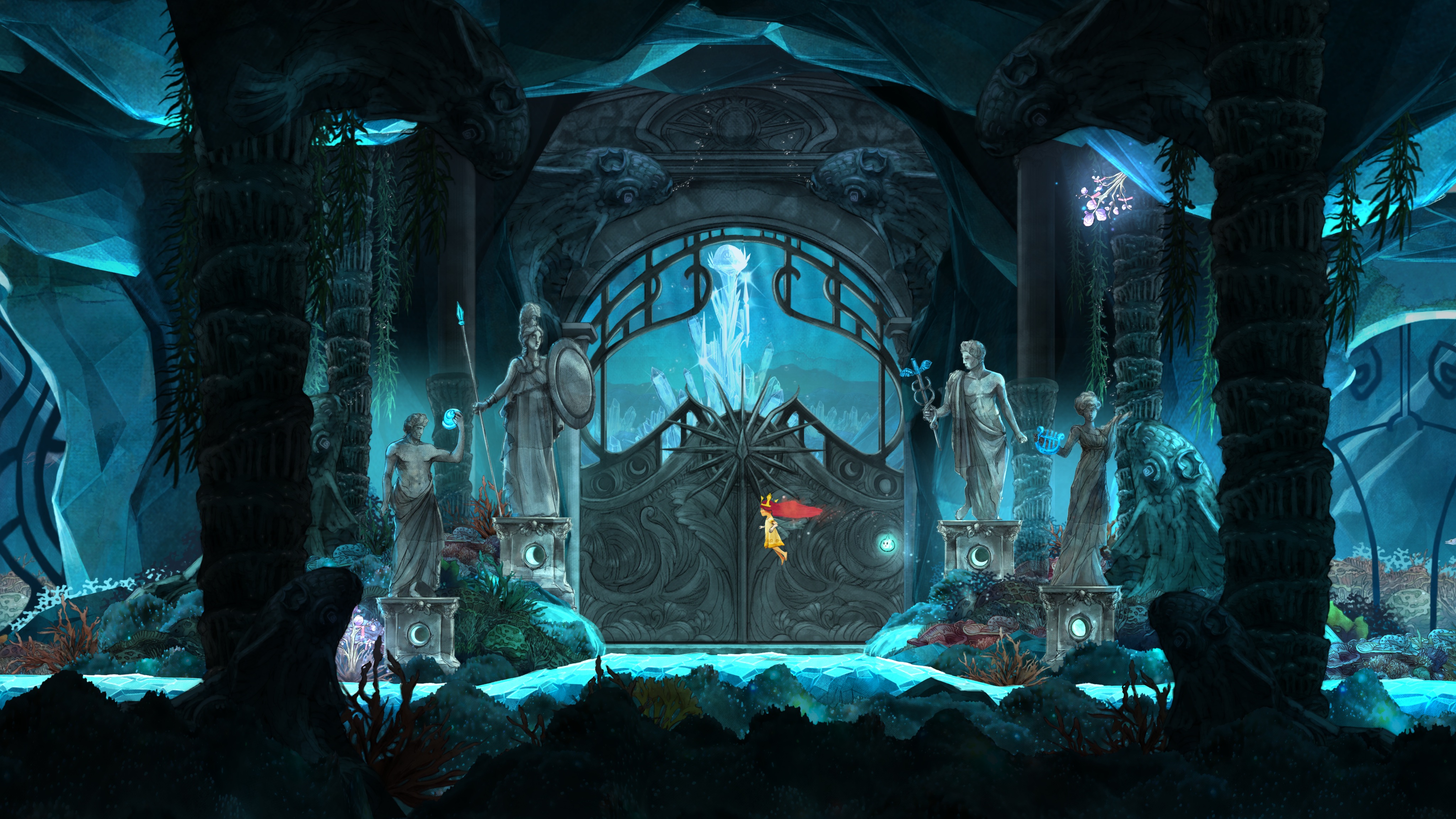
-
Child of Light #11
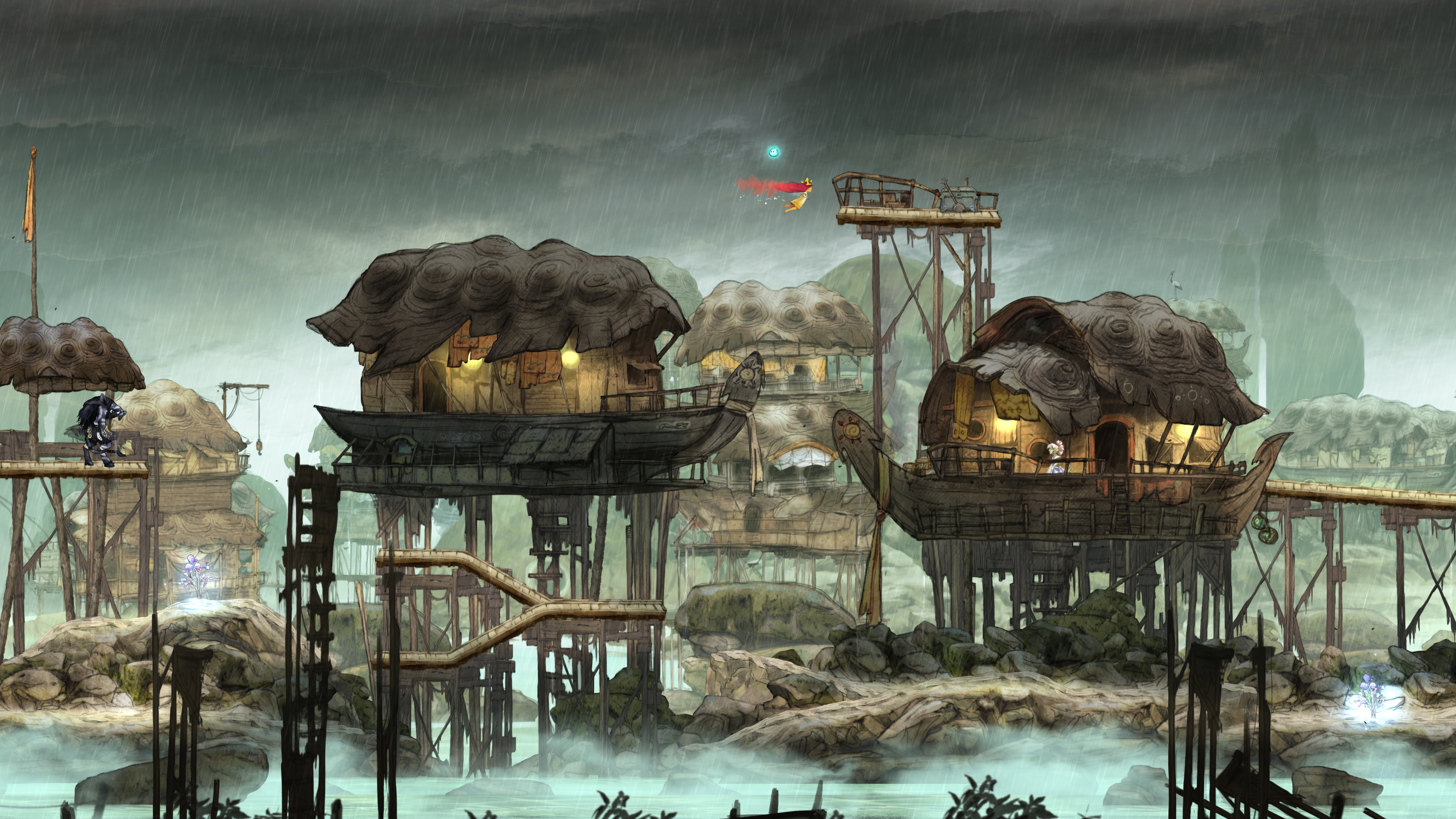
-
Child of Light #12
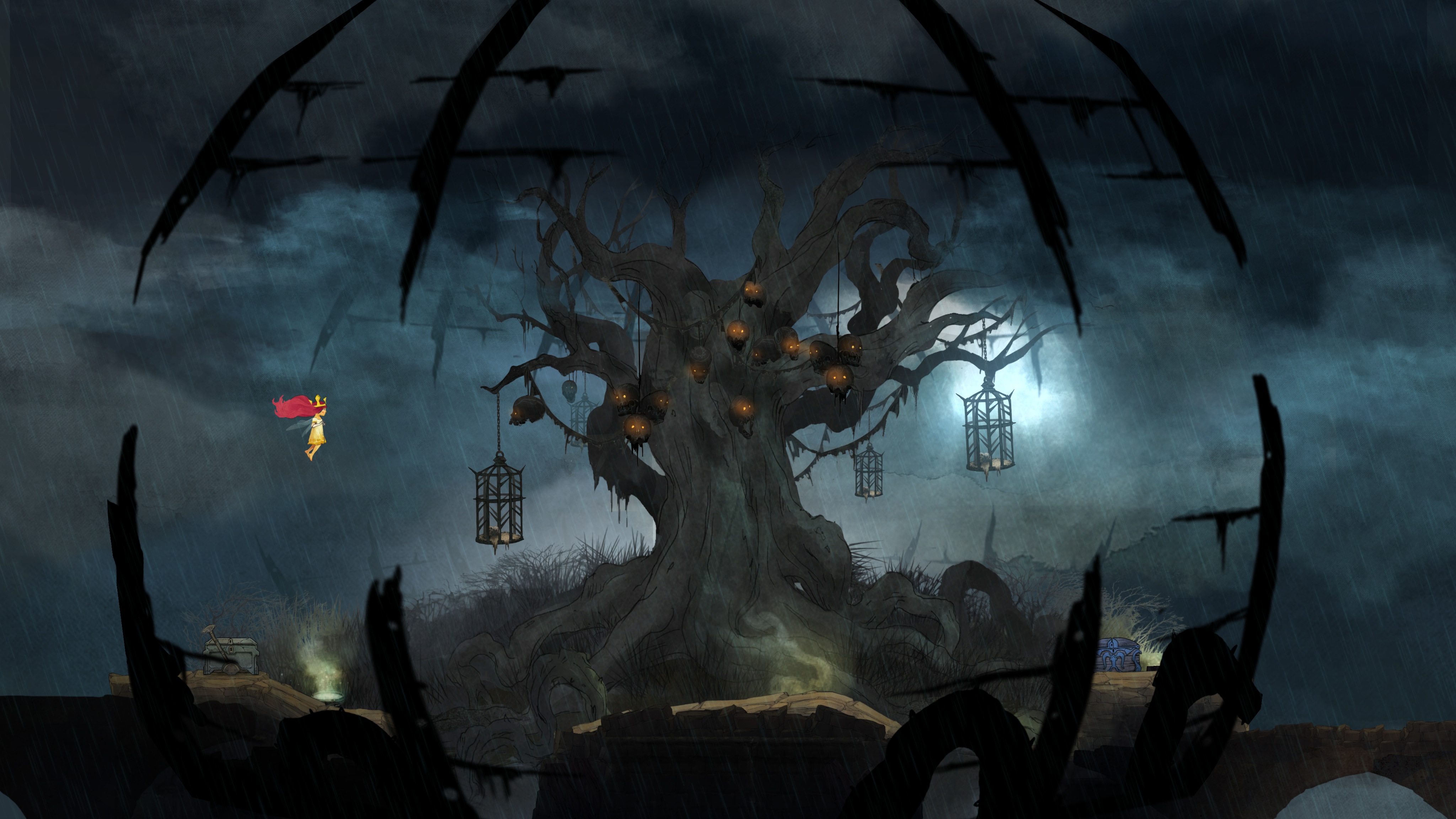
-
Child of Light #13
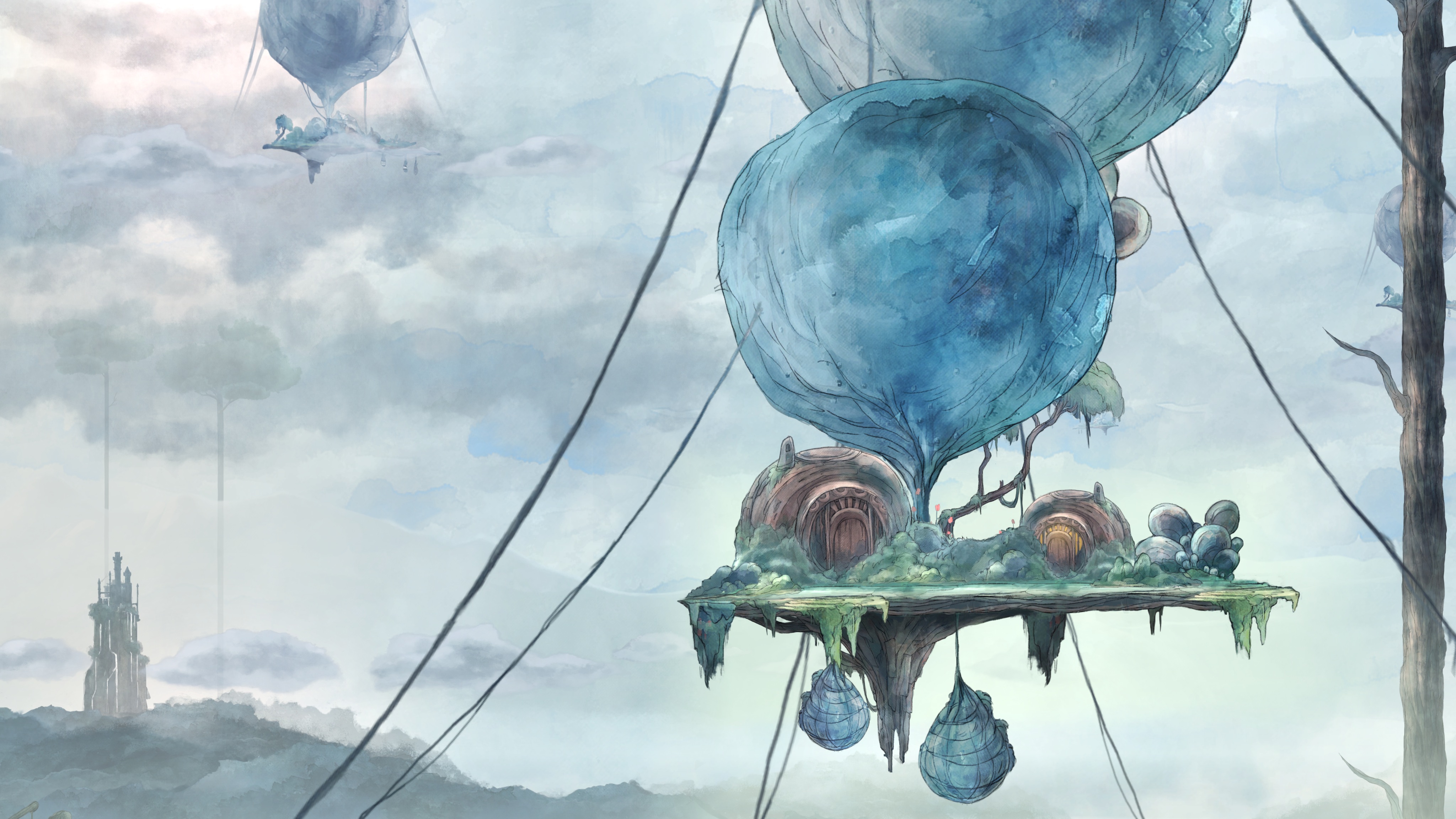
-
Child of Light #14
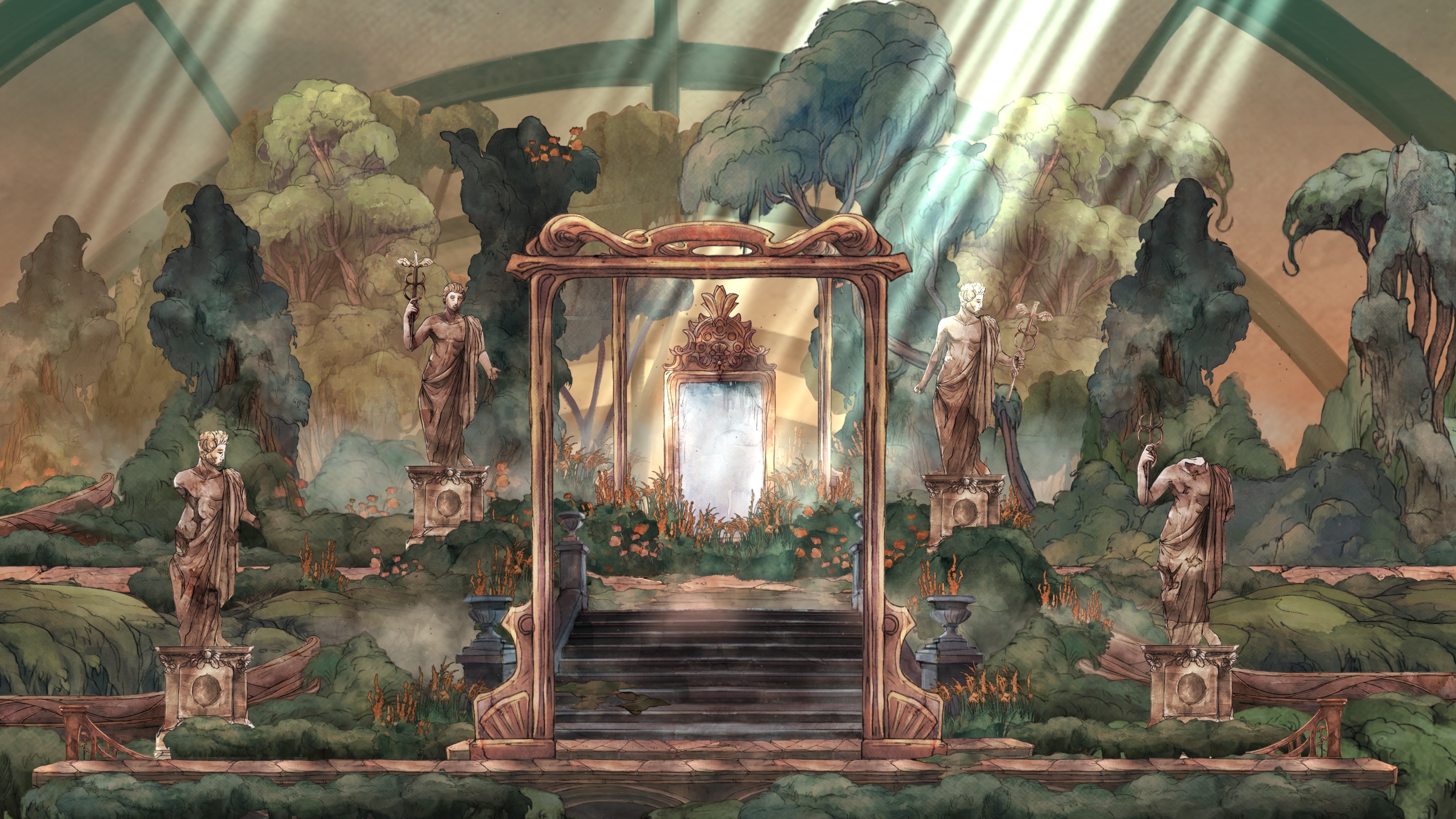
-
Child of Light #15
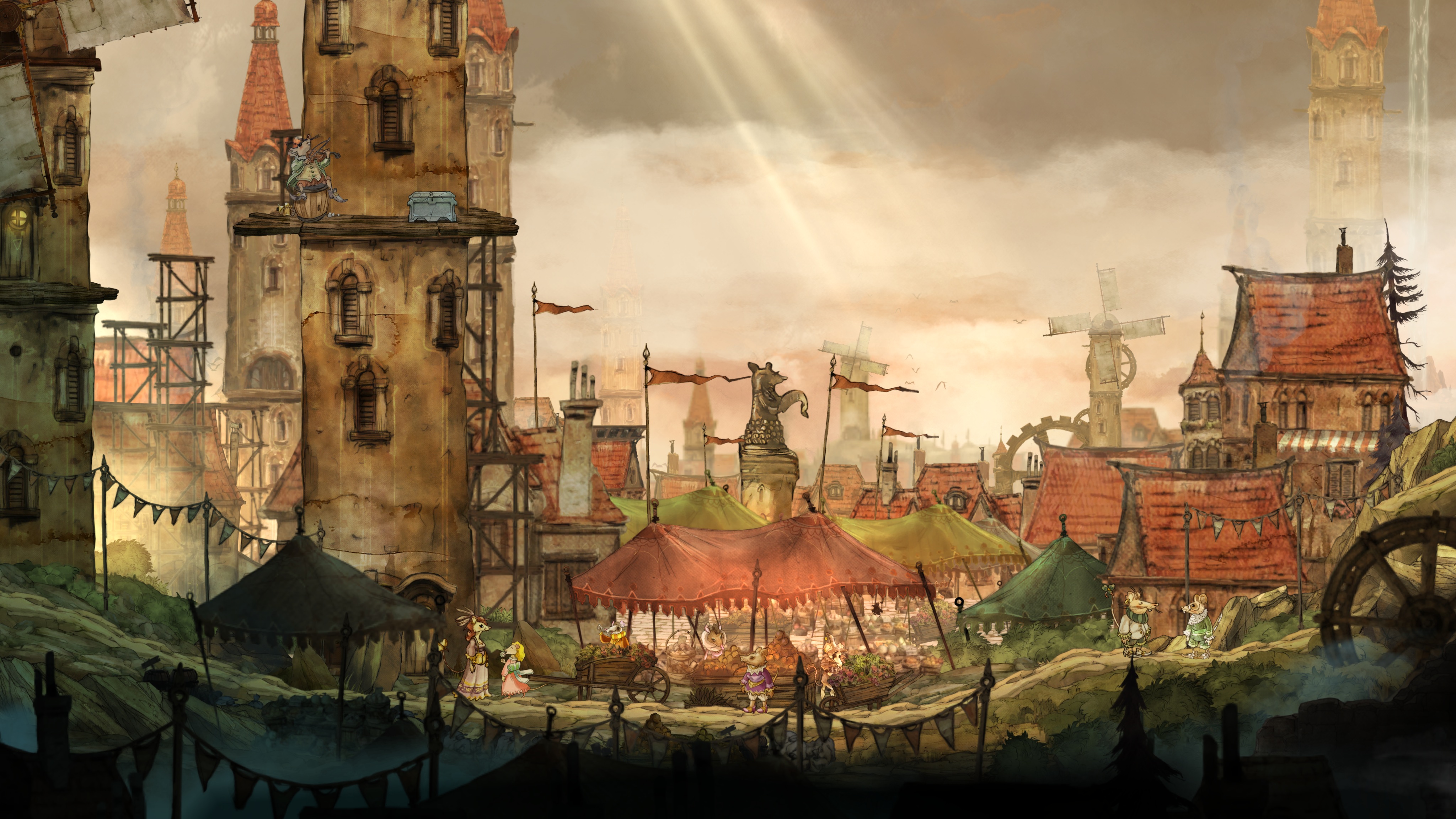
-
Child of Light #16
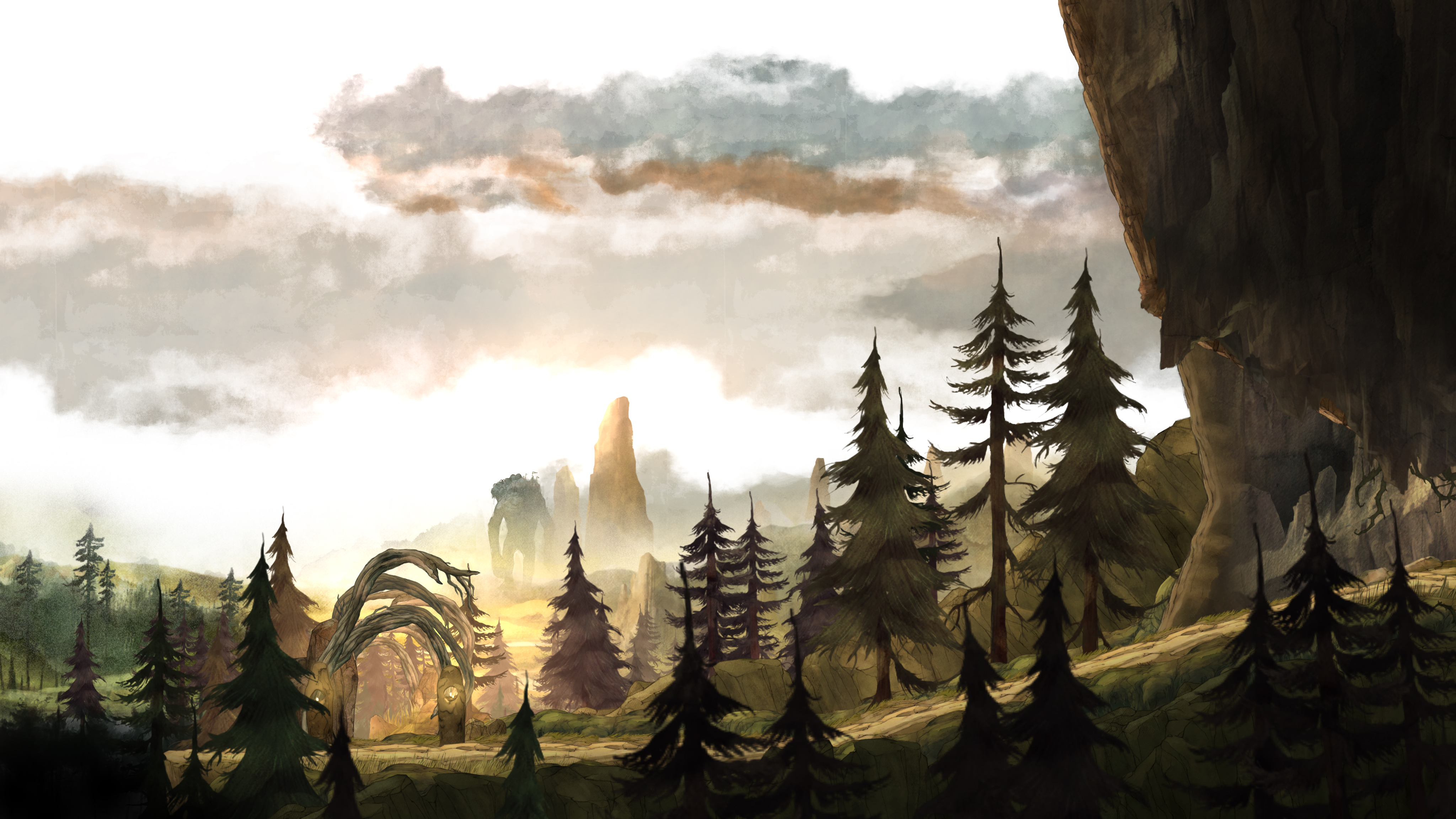
-
Child of Light #17
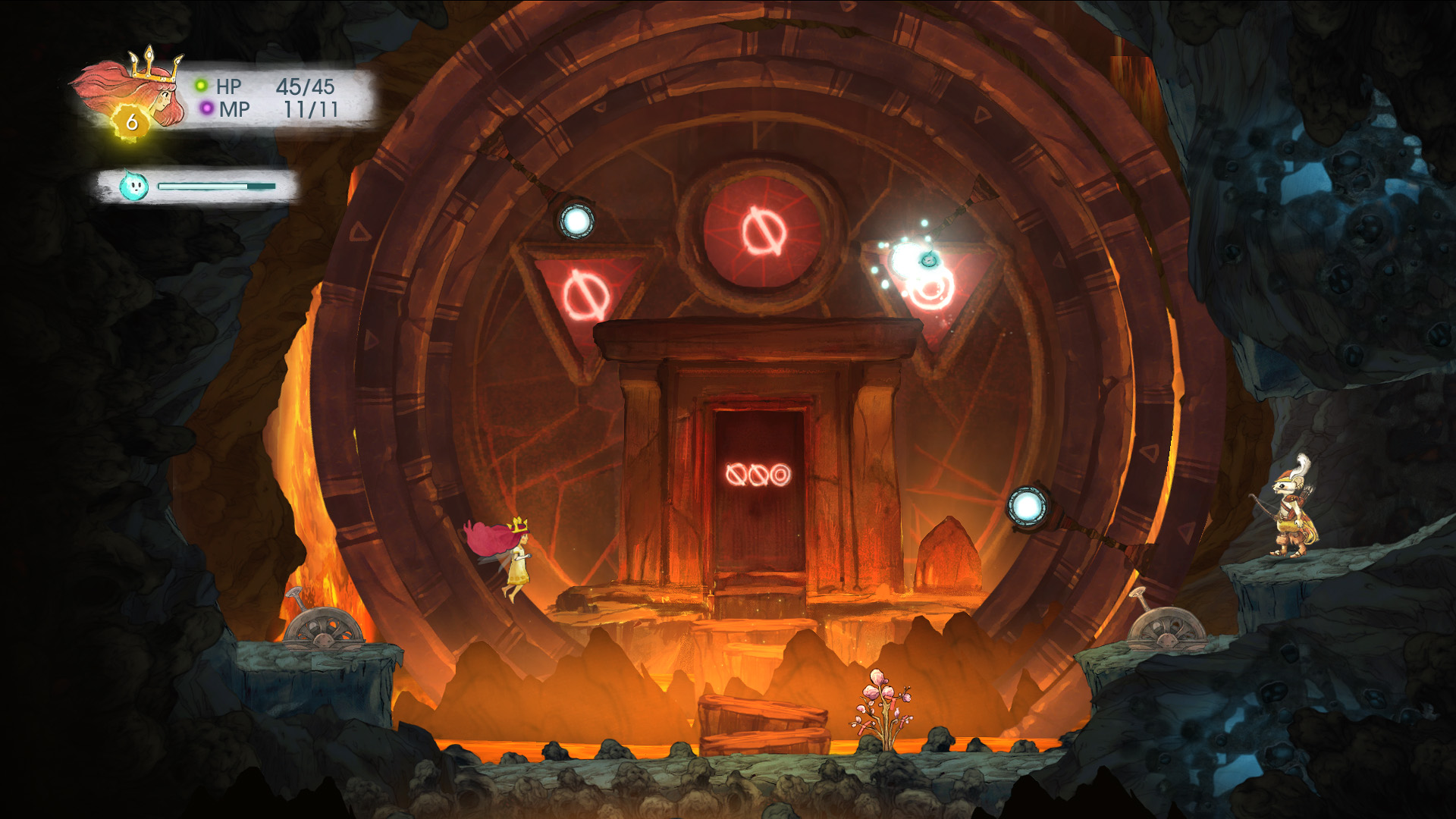
-
Child of Light #18
